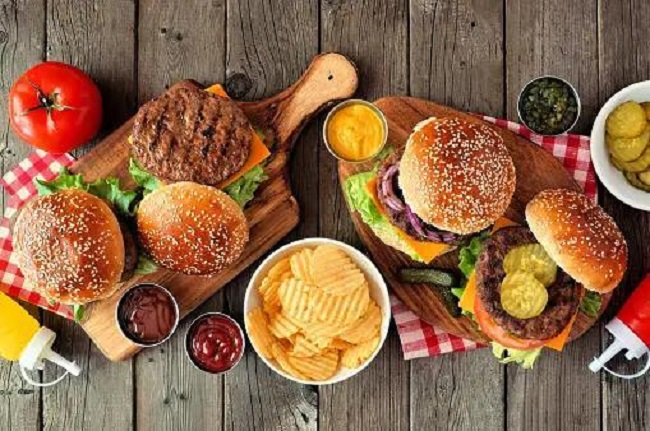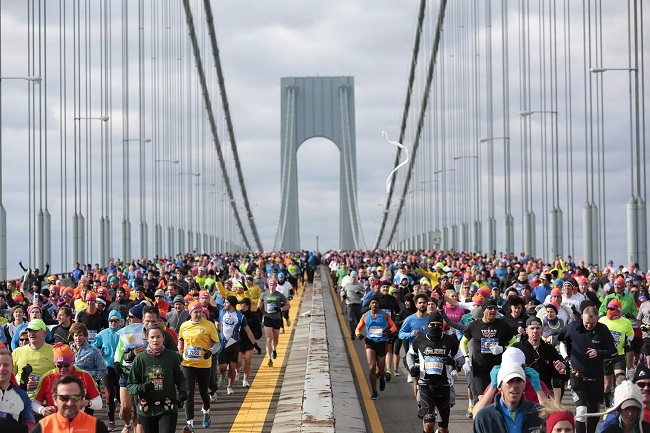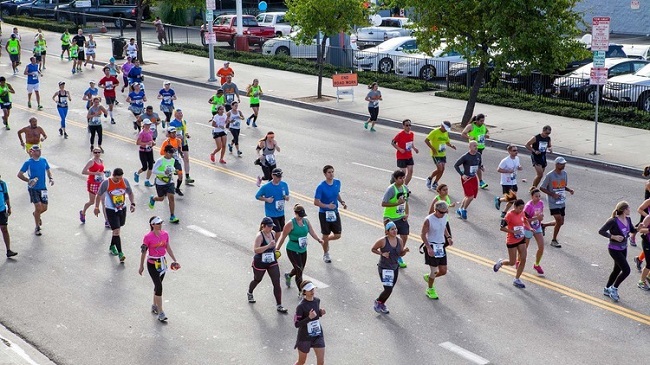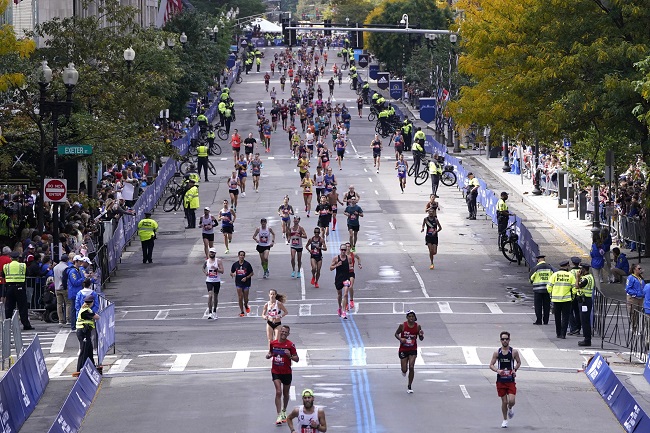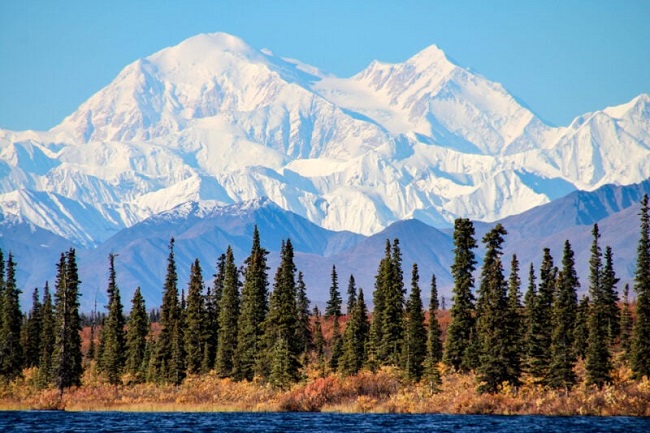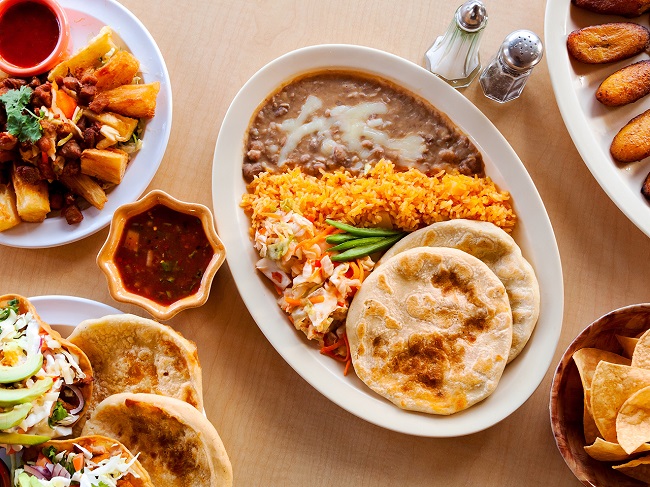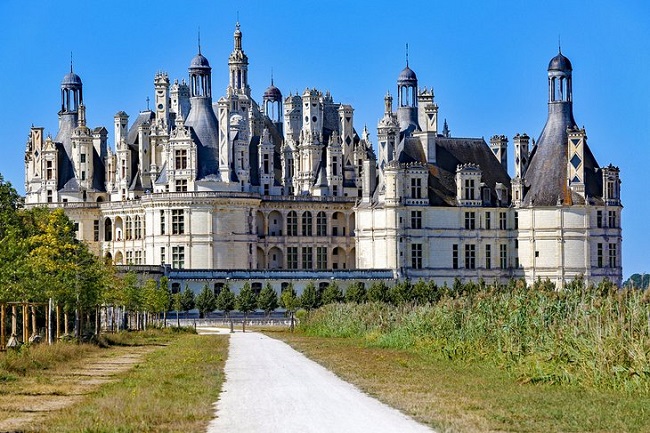When it comes to renowned highways in the United States, Route 22 might not enjoy the same level of fame as Route 66, but it holds its own charm and significance. Often referred to as the “William Penn Highway,” this route serves as a key connector for many major towns and cities.
Stretching from Cincinnati, Ohio, to Newark, New Jersey, Route 22 is steeped in history and adorned with a variety of scenic views. In this article, we’ll delve deep into what makes Route 22 unique, its main attractions, safety precautions, and why it’s an American road worth traveling.
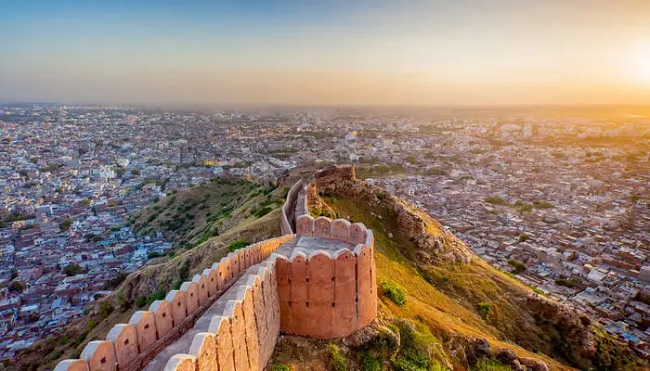
Route 22: An Overview
Route 22, part of the U.S. Highway System, is approximately 347 miles long. Originating in Cincinnati, it crosses through the states of Ohio, West Virginia, and Pennsylvania, finally culminating in Newark, New Jersey.
Over the years, it has undergone numerous changes, including extensions and reroutings. Though it may not have the glamour of other famous highways, it remains a critical route for local commerce and travel.
Must-Visit Attractions
While driving on Route 22, you’ll encounter a host of attractions that are worth a pit stop. One such highlight is the Fort Steuben Bridge in Steubenville, Ohio—a cantilever bridge that stands as an example of architectural prowess.
Further along, you can explore the beautiful landscapes of Allegheny Mountain in Pennsylvania, perfect for hiking and camping aficionados. Small towns like Murrysville also offer quaint shops and eateries that reflect local culture.
The Historical Significance
Route 22, often dubbed as the William Penn Highway, has a storied past that harkens back to the colonial era. Named after William Penn, the founder of the Province of Pennsylvania, this highway has witnessed countless historical events and changes.
From the transport of goods in the early 20th century to its role in the mobilization efforts during World War II, Route 22 has been a silent observer of American history.
Safety Precautions on Route 22
While Route 22 is generally a well-maintained highway, it’s important to adhere to safety precautions for a hassle-free journey. Always check weather conditions beforehand, especially during winter, as the route crosses through mountainous areas.
Speed limits vary, and it’s crucial to be aware of them, particularly in zones undergoing construction.
Seasonal Considerations
The experience of traveling on Route 22 can vary dramatically depending on the season. Summer offers the advantage of long daylight hours and the opportunity to explore outdoor attractions.
However, it’s also the peak tourist season, so expect more traffic. Winters, on the other hand, are less crowded but require extra caution due to snowy conditions, especially in the mountainous segments of the route.
Unique Eateries and Shops
Route 22 offers a variety of unique dining experiences. From traditional American diners to ethnic food joints, there’s something to satisfy every palate. The highway is also dotted with various antique shops and local markets where you can find a range of interesting souvenirs and local crafts.
The Route Today: Developments and Changes
While Route 22 has maintained much of its original charm, it has also seen significant developments over the years. Many sections have been widened, and modern amenities have been added to cater to contemporary travelers.
Moreover, steps are being taken to make the route more eco-friendly, including the use of sustainable materials for road construction.
Tips for a Successful Journey
For a successful trip along Route 22, planning is crucial. Keep a detailed map, either physical or digital, to stay on course. Also, ensure your vehicle is in top condition to avoid breakdowns. Pack essentials like water, snacks, and a first-aid kit, and make sure to have emergency numbers at hand.
Accommodations Along the Way
For those planning an extended journey, Route 22 offers a variety of lodging options. From well-known hotel chains to cozy bed and breakfasts, there’s something to meet every need and budget.
Towns like Monroeville in Pennsylvania offer upscale hotels, while smaller localities might surprise you with charming inns and guesthouses. Booking in advance is recommended, especially during peak tourist seasons.
Family-Friendly Stops
If you’re traveling with family, Route 22 has got you covered. Numerous parks and recreational areas along the way are perfect for a picnic or letting the kids burn off some energy.
Adventure parks and interactive museums can make for fun educational stops. The Living Treasures Animal Park in New Castle, Pennsylvania, for instance, is a delight for children and adults alike, featuring a range of exotic animals.
Biking and Other Outdoor Activities
For outdoor enthusiasts, Route 22 offers more than just scenic drives. There are various spots perfect for biking, kayaking, or even rock climbing.
The Conemaugh River Lake area offers opportunities for boating and fishing, while the hiking trails around Blairsville provide panoramic views of the lush landscape. Always remember to check local regulations and obtain necessary permits for certain activities.
Upcoming Events
Several annual events along Route 22 can add a special touch to your trip. From local fairs and farmers’ markets to cultural festivals and parades, each event offers a unique insight into the local community.
Websites and social media pages dedicated to towns along Route 22 often provide updated information on upcoming events.
Emergency Services
Though we hope your journey is smooth, it’s good to be prepared for emergencies. Route 22 has a number of hospitals and clinics along its stretch.
Besides healthcare, there are also several towing services and auto-repair shops situated at regular intervals. Save local emergency numbers and locations on your phone for quick access when needed.
Route 22 in Popular Culture
Last but not least, Route 22 has also found its way into popular culture. From appearances in movies to mentions in literature, this highway has inspired countless storytellers. Its landscapes serve as the backdrop for various regional songs, capturing the essence of Americana.
Route 22, with its blend of history, scenic beauty, and modern amenities, serves as a microcosm of the American experience.
From solo travelers to family adventurers, this highway has something for everyone. So go ahead, plan your itinerary, and set out on an unforgettable journey along this incredible route.
Conclusion
Though it may not have the celebrity status of other American highways, Route 22 is undeniably a road worth exploring. It offers a unique blend of historical landmarks, scenic beauty, and cultural richness that make it a standout choice for anyone looking to experience the true essence of America’s heartland.
As you plan your next road trip, consider Route 22 for an experience that is both enriching and delightful.
